The galaxy M87 emits a jet of plasma that looks like it’s breaking the cosmic speed limit – here’s how it manages the trick.
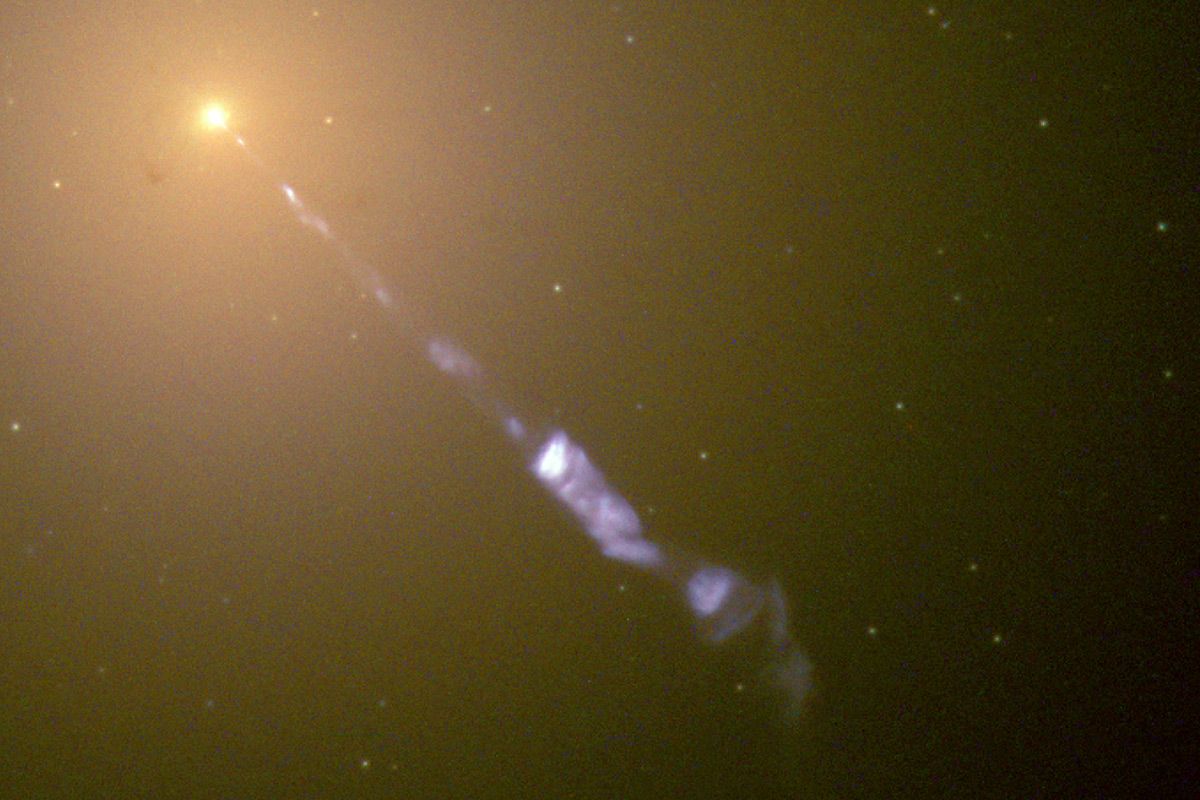

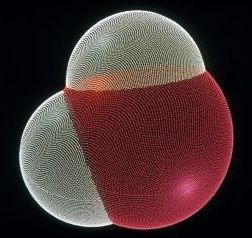
Scientists have discovered a low-cost, efficient catalyst for splitting water to create hydrogen. This means that the world’s cleanest form of energy, hydrogen, may be more easily and cheaply produced.
Physicists at the University of Houston have discovered a low-cost, efficient, and easily available catalyst that can split water into hydrogen and oxygen. The catalyst is far more efficient than other options that have previously been employed, and because it is grown from ferrous metaphosphate on a conductive nickel foam platform, it is both more durable and cheaper to produce.
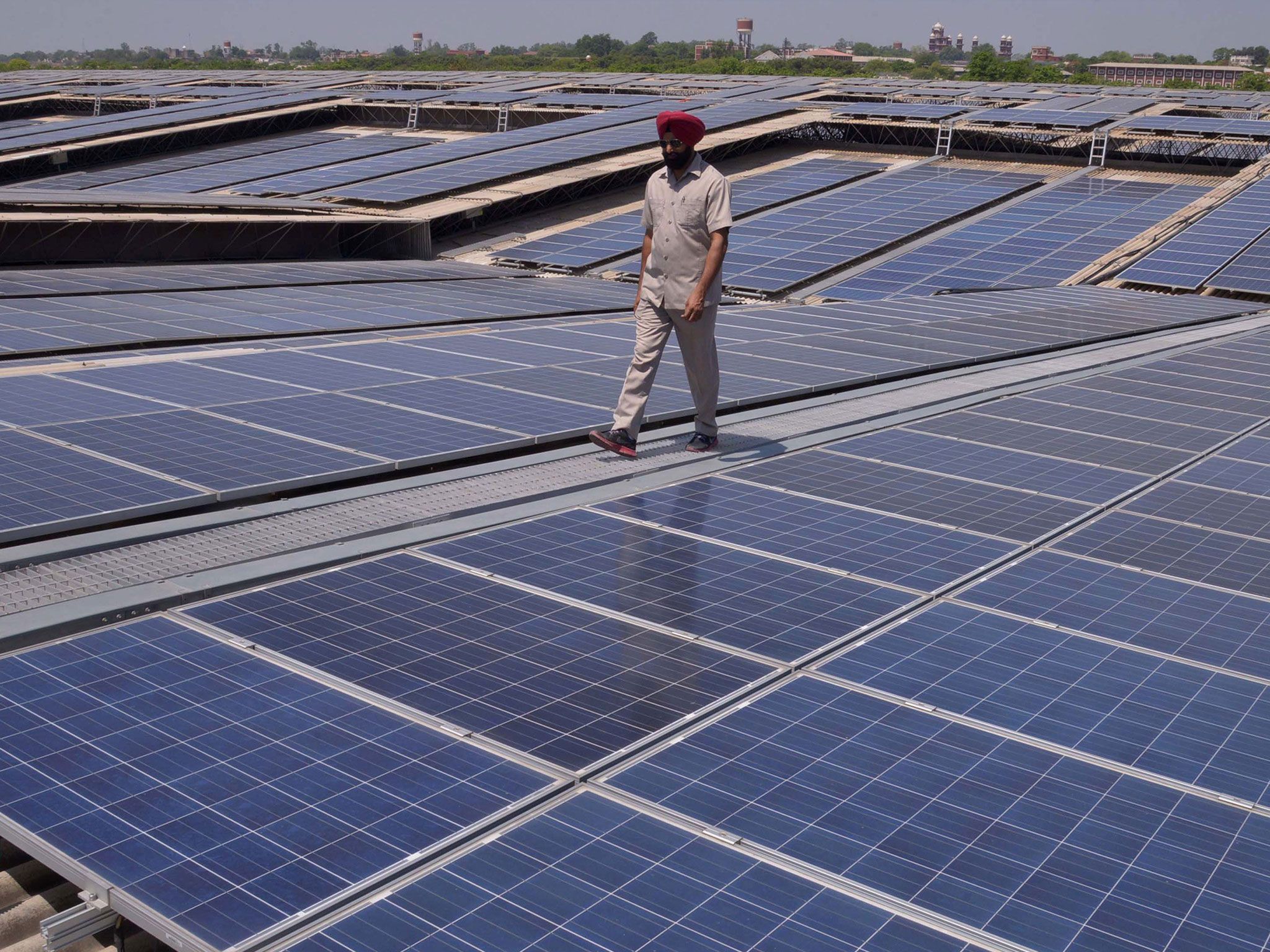

Al Globus and Joe Strout have an analysis that space settlements in low (~500 km) Earth equatorial orbits may not require any radiation shielding at all. This is based on a careful analysis of requirements and extensive simulation of radiation effects. This radically reduces system mass and has profound implications for space settlement, as extraterrestrial mining and manufacturing are no longer on the critical path to the first settlements, although they will be essential in later stages. It also means the first settlements can evolve from space stations, hotels, and retirement communities in relatively small steps.
This huge reduction in total mass compensates for the greater energetic difficulty of launching materials from Earth to ELEO as opposed to launching from the Moon to L5, the design location of the Stanford Torus. In the early studies, the EarthMoon L5 point was chosen as the location of a settlement for the energetic advantage of launching materials from the Moon. Going from the Moon to L5 requires a delta-v 3 of 2.3 km/sec, and going from Earth to 500 km ELEO is 10 km/sec [Cassell 2015]. Using the velocity squared as our energy measure, Earth to ELEO requires 19 times more energy per unit mass. Analysis suggests that at least 19 times less mass is needed if no radiation shielding is required. Thus, the energetic advantage to launching the mass of a settlement with deep space radiation shielding from the Moon to L5 is balanced by launching far less mass from Earth if no radiation shielding is necessary.
A 500 km circular ELEO using polyethylene shielding was analyzed. Even at 10 kg/m2 shielding, the equivalent of which is very likely to be provided by any reasonable hull, the 20 mSv/yr and 6.6 mGy/yr are met. Indeed, with no shielding at all the general population limit is met and the pregnancy limit is very nearly met. This has an interesting consequence: spacewalks in ELEO may be safe enough from a radiation point of view to be a significant recreational activity.
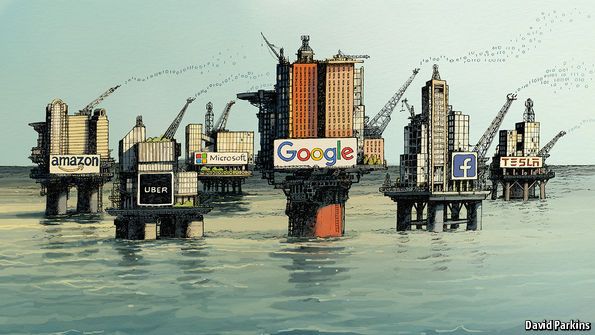
But there is cause for concern. Internet companies’ control of data gives them enormous power. Old ways of thinking about competition, devised in the era of oil, look outdated in what has come to be called the “data economy” (see Briefing). A new approach is needed.
A NEW commodity spawns a lucrative, fast-growing industry, prompting antitrust regulators to step in to restrain those who control its flow. A century ago, the resource in question was oil. Now similar concerns are being raised by the giants that deal in data, the oil of the digital era. These titans—Alphabet (Google’s parent company), Amazon, Apple, Facebook and Microsoft—look unstoppable. They are the five most valuable listed firms in the world. Their profits are surging: they collectively racked up over $25bn in net profit in the first quarter of 2017. Amazon captures half of all dollars spent online in America. Google and Facebook accounted for almost all the revenue growth in digital advertising in America last year.
Such dominance has prompted calls for the tech giants to be broken up, as Standard Oil was in the early 20th century. This newspaper has argued against such drastic action in the past. Size alone is not a crime. The giants’ success has benefited consumers. Few want to live without Google’s search engine, Amazon’s one-day delivery or Facebook’s newsfeed. Nor do these firms raise the alarm when standard antitrust tests are applied. Far from gouging consumers, many of their services are free (users pay, in effect, by handing over yet more data). Take account of offline rivals, and their market shares look less worrying. And the emergence of upstarts like Snapchat suggests that new entrants can still make waves.
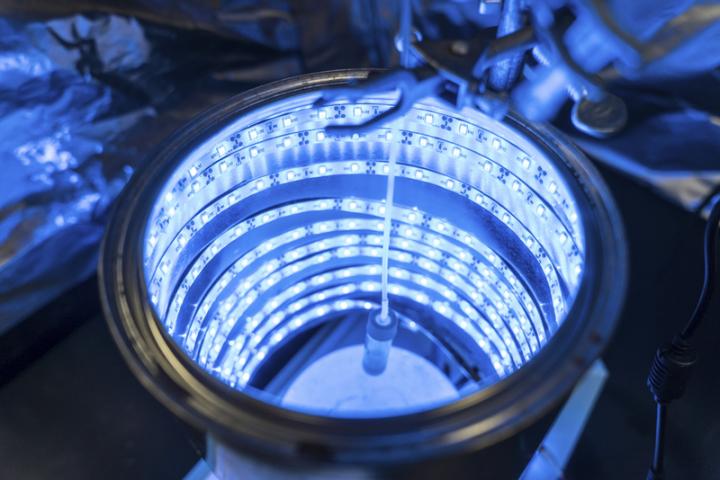
A win win, assuming it can be manufactured en mass and at a reasonable price.
A University of Central Florida (UCF) chemistry professor has invented a revolutionary way to remove carbon dioxide (CO2) from air by triggering artificial photosynthesis in a synthetic material — breaking down carbon dioxide while also producing fuel for energy.
UCF Assistant Professor Fernando Uribe-Romo and his students used a synthetic material called a metal–organic framework (MOF), which converts carbon dioxide into harmless organic materials — similar to how plants convert CO2 and sunlight into food.
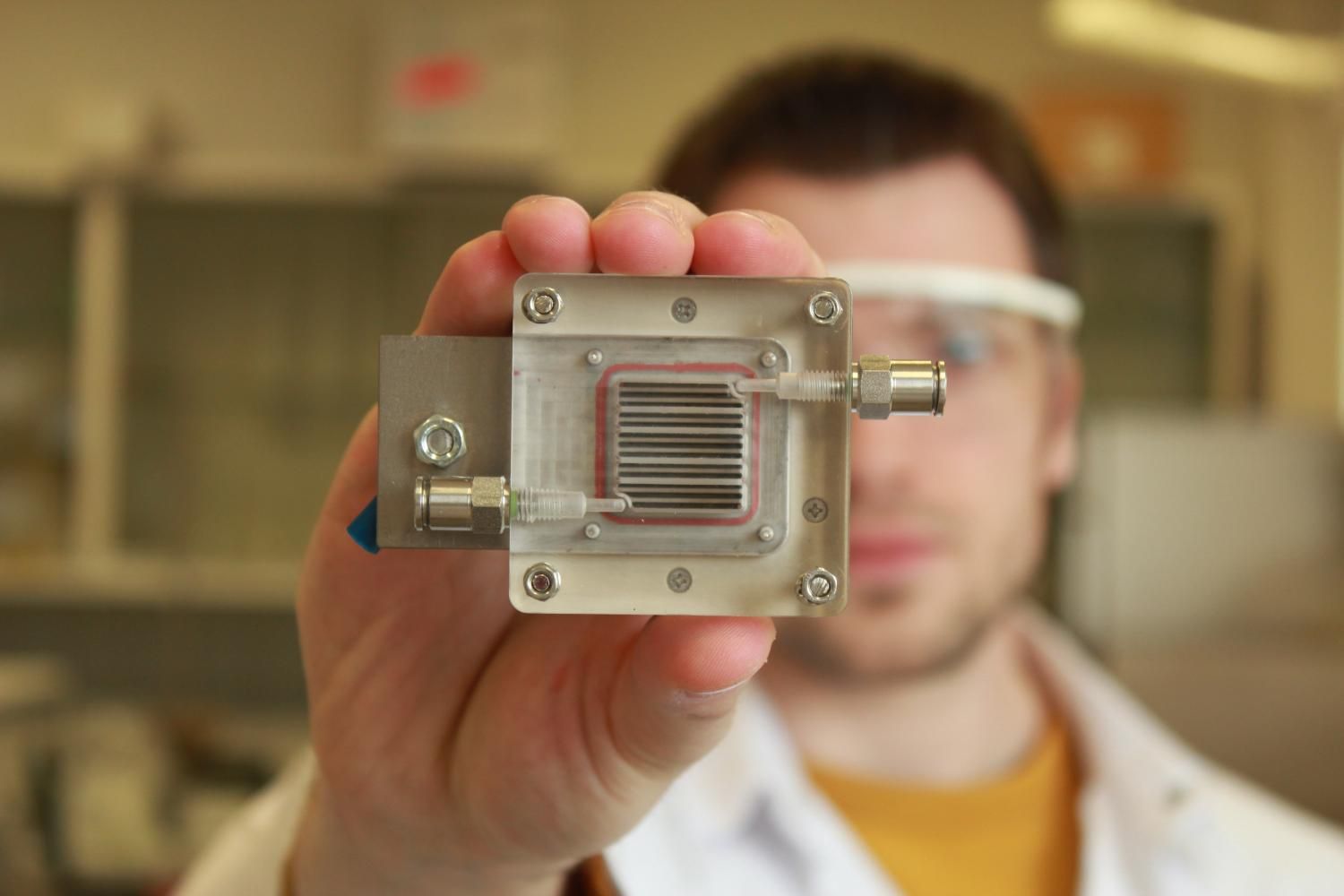
Researchers from the University of Antwerp and KU Leuven (University of Leuven), Belgium, have developed a process that purifies air, and at the same time, generates power. The device must only be exposed to light in order to function.
“We used a small device with two rooms separated by a membrane,” explained professor Sammy Verbruggen (UAntwerp/KU Leuven). “Air is purified on one side, while on the other side, hydrogen gas is produced from a part of the degradation products. This hydrogen gas can be stored and used later as fuel, as is already being done in some hydrogen buses, for example.”
In this way, the researchers respond to two major social needs: clean air and alternative energy production. The heart of the solution lies at the membrane level, where the researchers use specific nanomaterials. “These catalysts are capable of producing hydrogen gas and breaking down air pollution,” explains professor Verbruggen. “In the past, these cells were mostly used to extract hydrogen from water. We have now discovered that this is also possible, and even more efficient, with polluted air.”
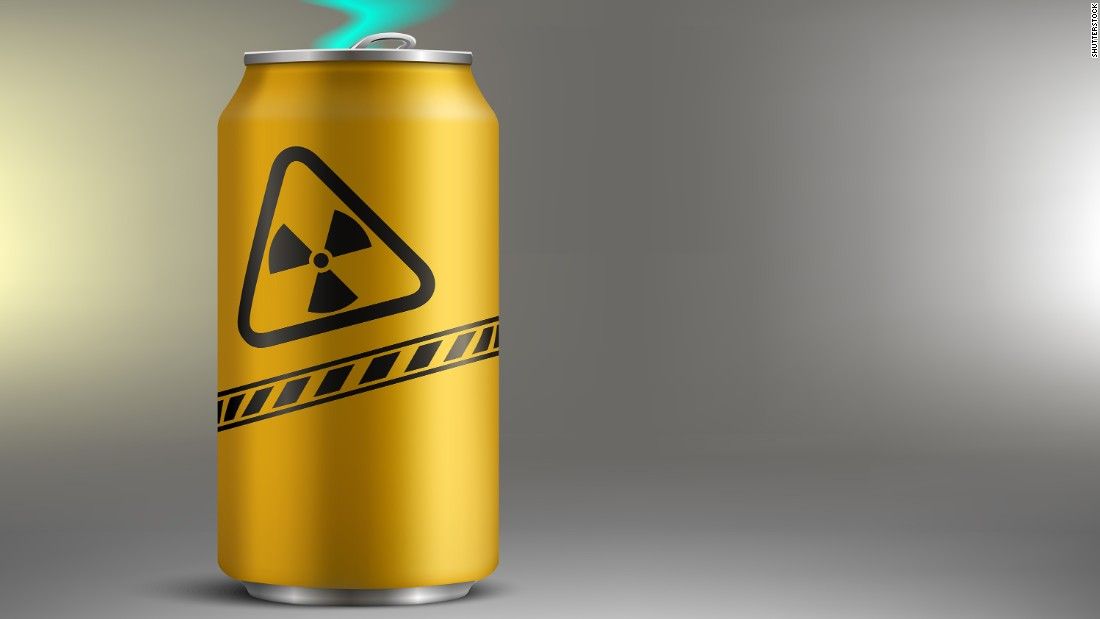
Nothing like a deep, penetrating, pervasive case of radiation poising to give you the energy you need to keep you awake, focused, alert and energetic all day long. lol.
But there was a time when energy drinks actually contained real energy. The active ingredient in these drinks was radium, a radioactive element that releases a packet of radiant energy with every atomic decay. While the connection between consuming a radioactive element and reaping a perceived energy boost is tenuous at best, it didn’t stop people in the early 1900s from ignoring the known downsides of ingesting radioactivity and risking the long-term health consequences.
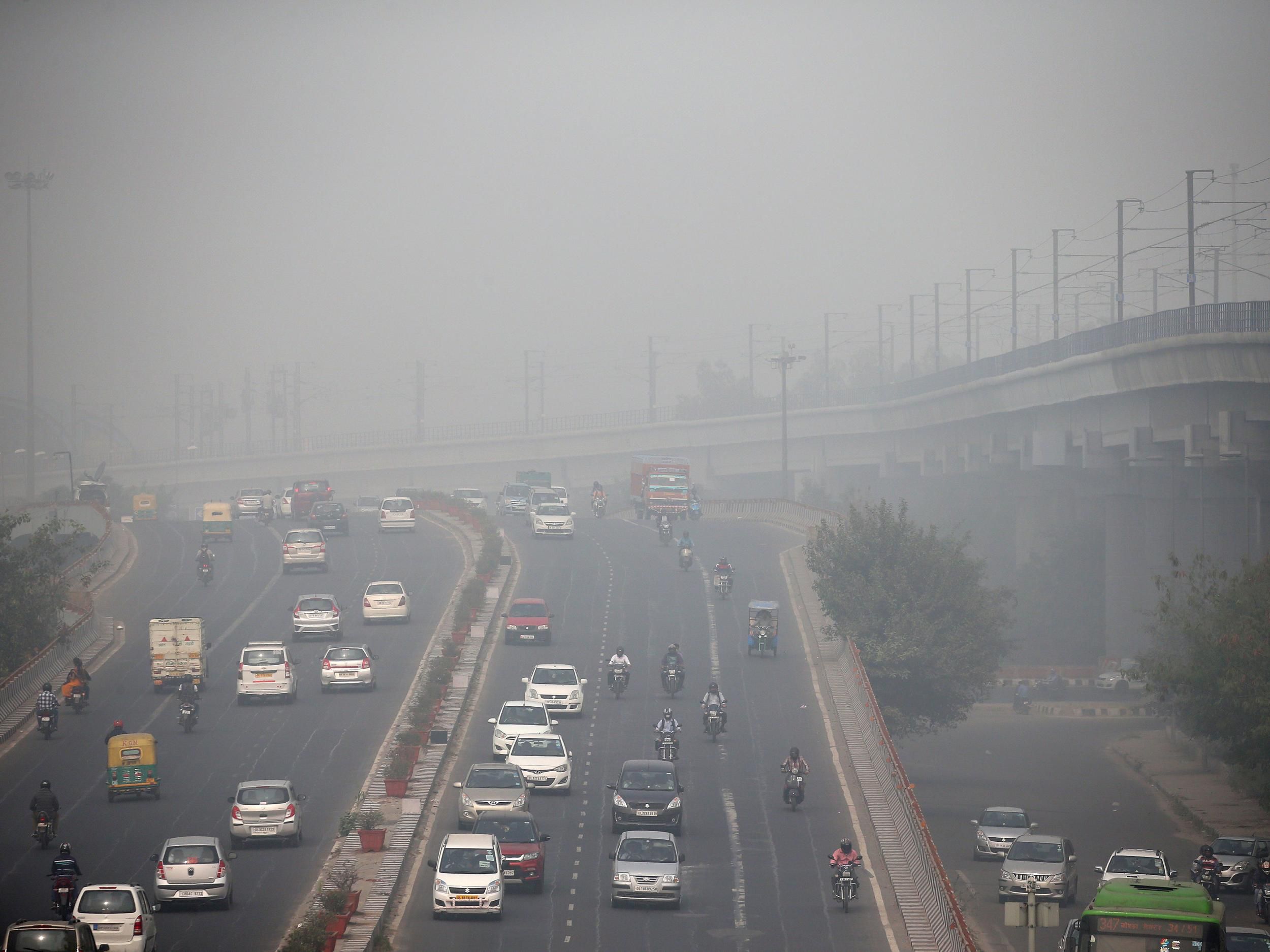
It’s over for oil.
Every car sold in India will be powered by electricity by the year 2030, according to plans unveiled by the country’s energy minister.
The move is intended to lower the cost of importing fuel and lower costs for running vehicles.
“We are going to introduce electric vehicles in a very big way,” coal and mines minister Piyush Goyal said at the Confederation of Indian Industry Annual Session 2017 in New Delhi.
